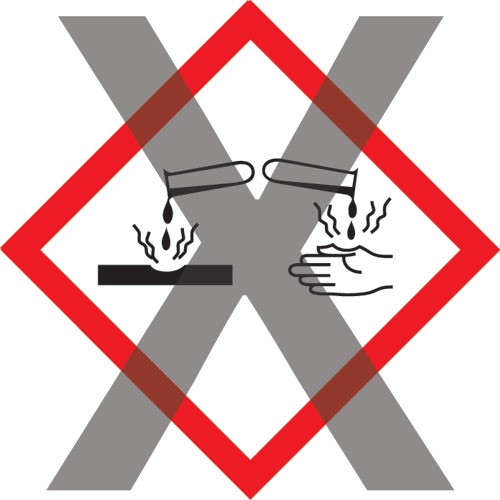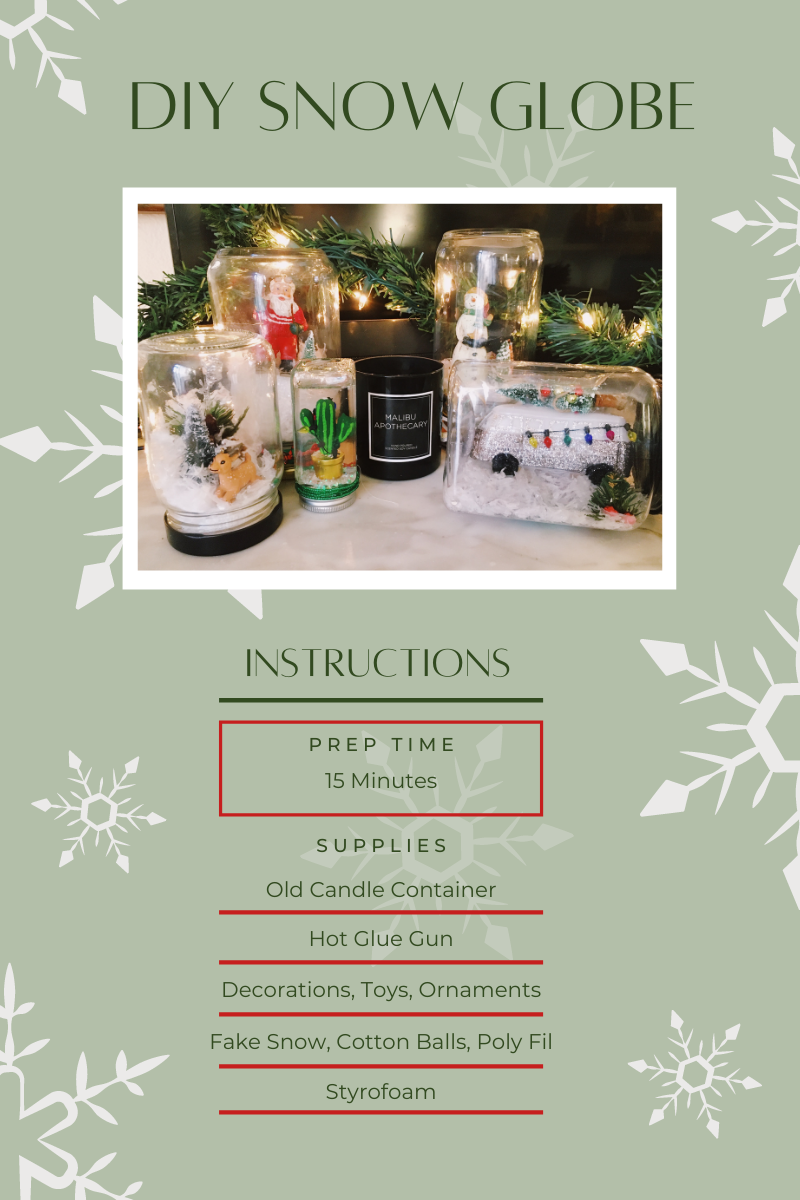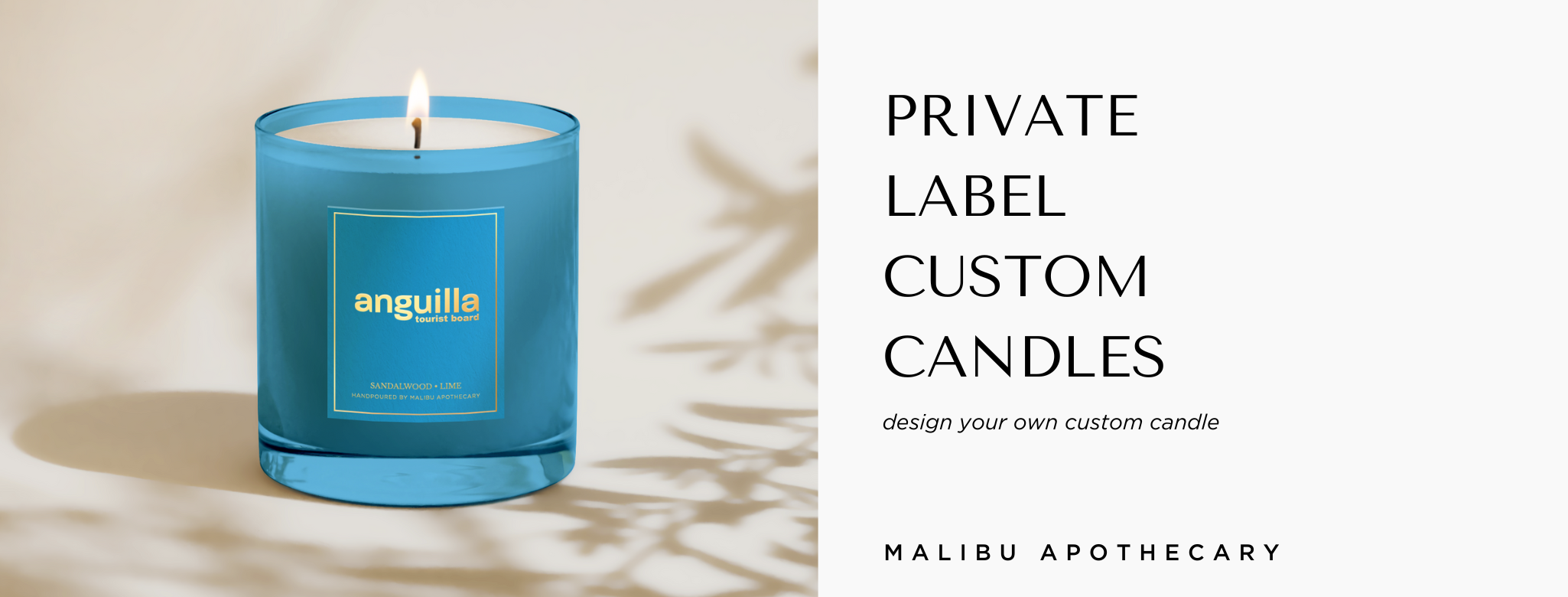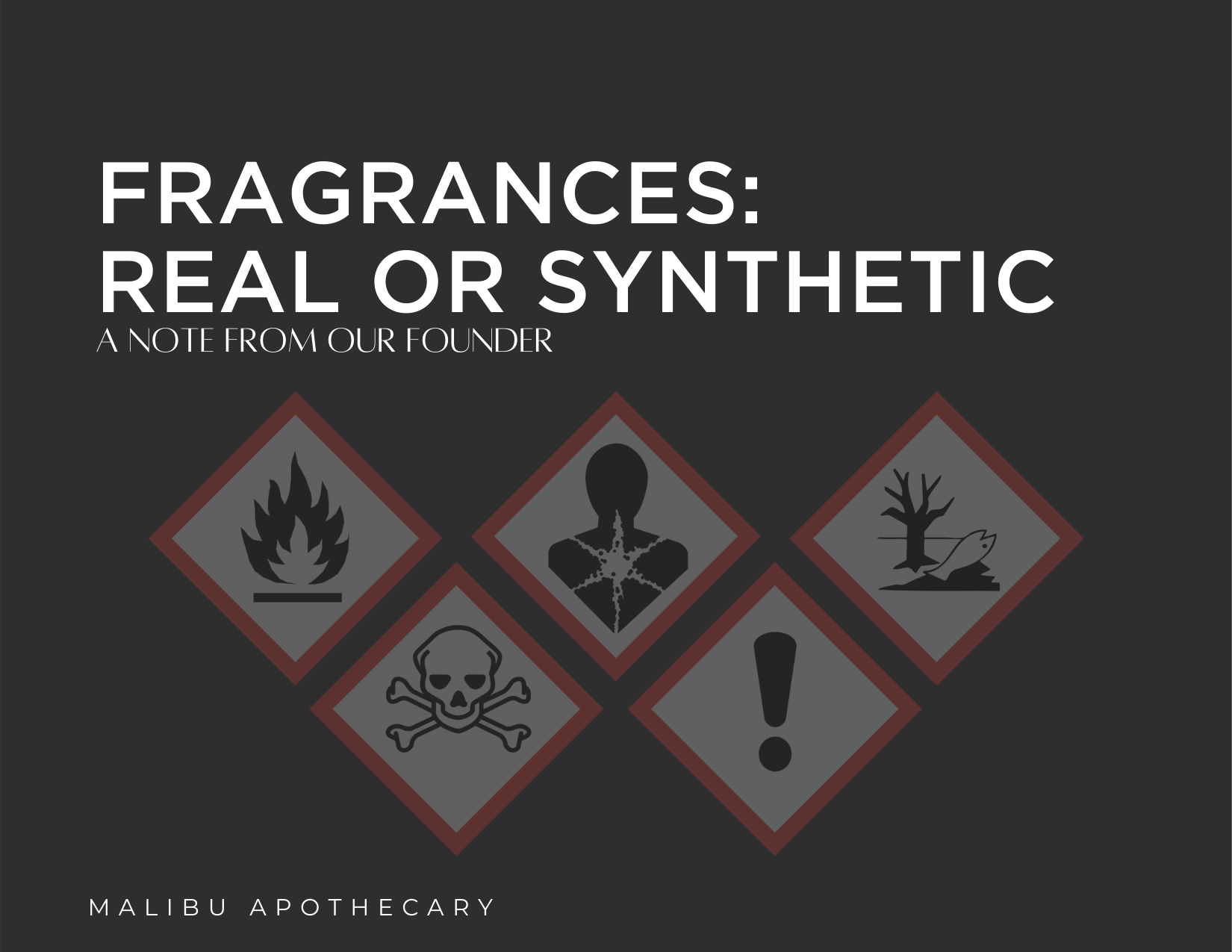
As a perfumer and founder of a “clean” fragrance company, I have been struggling with how this message should be conveyed, so I felt a poem might be the way.
When I tell people that our fragrances are clean, I find most don’t even know what that means. In an industry riddled with big players and small homemakers, there is so much competition and even more room for fakers. Amongst clean lines, hand-blown glass, and sans serif fonts, the majority of brands just tell you what you want. What does clean really mean? If I told you the consequences, you wouldn’t be so keen.
The FDA doesn’t require brands to label their ingredients, synthetic or real, so as long as the aesthetic or scent appeals. But if you found out these marketers came across as liars, would the consequences really be so dire? I am here to tell you that they are. If you care about your baby, yourself, or you just don’t want to breathe in tar. Take a look below at the damage. Didn’t you think these brands would be a little more transparent?

I’m not here to scare you. Or even tell you one burn of a bad candle will impair you. I simply would like to open the vail, and let the truth about fragrances prevail. Synthetic fragrances are not inherently bad. These scents can be safer and more sustainable: classic or fad. Devastating our forests and ecosystems for fragrant aromas like oud, really do way more damage than a synthetic would.
Breathing and burning real essential oils could give you an allergy, even if it comes from a plant or a tree.
Do you like musks? Well cutting the anal gland of a male musk deer is a must.
But what if there was a better way? Something more sustainable and safe they say? Well, you are in luck! Synthetics can help recreate this aroma without hurting any bucks.
You might think this makes it confusing. No one clear cut rule to know what you should be using. The truth is, it is up to you, to research and investigate what to do.
Knowing the composition of ingredients is a must, but if you don’t know what to look out for or they aren’t labeled, how do you know what to trust?
Pay careful attention to the labels. Pictograms, hazardous signs will tell you if it is stable. Ask if any ingredients are on the CA Prop 65 list. Try to avoid phthalates, paraffin, and dyes and read exposure or disclosure tips.
Companies can hide ingredients behind “intellectual property” protections, but it is important for you to know the risks so you can use your discretion.
If you want to know how to do a proper inspection, ask for the GHS classification which will label the hazardous and carcinogenic detections.
PICTOGRAMS TO AVOID



This may not leave you feeling so clear, and I hope this doesn’t surrender you to fear. Do your best. A little time is all you need to invest.
Fragrances are a beautiful way to elevate an everyday experience. Bringing back age-old memories, instilling confidence, and even reverence. A scent can bring a vivid evocation, taking you back to a special moment or destination. And so I let you go, just wanting you to know, how to look out for the safe scents, for all you fragrance aficionados.
Read more

Looking for an easy and creative way to reuse your old candle containers? Give your candle a new home with this fun DIY snow globes! These make great homemade holiday gifts or holiday home decor!

Looking to personalize your own candles? From timeless gifts to beautifully branded candles, we can create the custom candle for you. We are your go-to source for private label ready candles.

Leave a comment
All comments are moderated before being published.
This site is protected by hCaptcha and the hCaptcha Privacy Policy and Terms of Service apply.